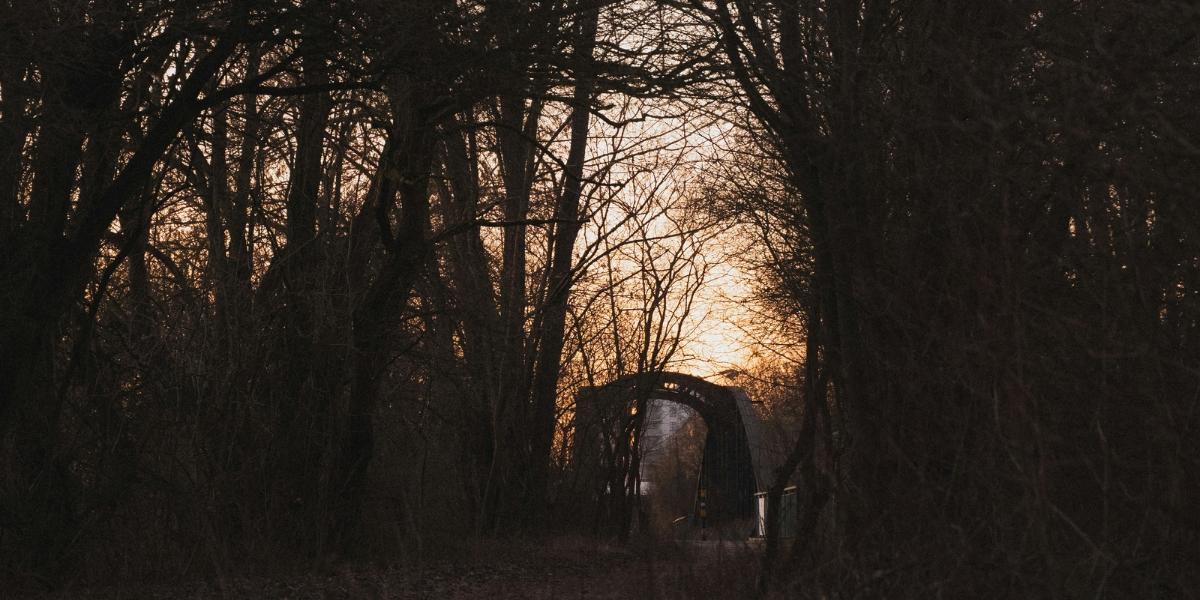In the realm of design and craftsmanship, the allure of heritage woodcraft techniques remains timeless. Despite the technological advancements that have revolutionized how we create and conceive design, there’s a growing movement among artisans to revisit and revive traditional woodcraft methods. This resurgence is not merely a nod to nostalgia, but a conscious choice to preserve the richness of craftsmanship passed down through generations. Artisans like Scott Biski, with a deep appreciation for both the artistry and the historical significance of these techniques, are at the forefront of integrating them into contemporary design.
The Appeal of Heritage Techniques
Heritage woodcraft techniques encompass a wide range of practices, from joinery and carving to inlay work and steam bending. Each technique carries with it centuries of history, a testament to the ingenuity and creativity of our ancestors. The appeal of these methods in today’s design landscape can be attributed to several factors:
Authenticity and Uniqueness
In an age of mass production, items crafted using traditional techniques offer a breath of authenticity and uniqueness. The slight imperfections and variations that come with handcrafted pieces add character and individuality that machine-made items simply cannot replicate.
Sustainability
Many heritage woodcraft techniques are inherently sustainable. They rely on hand tools and natural materials, minimizing energy consumption and waste. In an era where environmental consciousness is paramount, revisiting these methods aligns with the principles of eco-friendly design.
Cultural Preservation
Utilizing heritage techniques is a form of cultural preservation, keeping the knowledge and stories of past generations alive. It’s a way to honor and celebrate the rich tapestry of human craftsmanship and ensure that these skills do not fade into obscurity.
Integrating Heritage Techniques into Contemporary Design
The challenge and opportunity lie in blending these time-honored methods with contemporary aesthetics and functionalities. This integration requires a delicate balance, respecting the integrity of traditional techniques while meeting the demands and tastes of the modern consumer.
Fusion Furniture
One area where this integration shines is in the creation of fusion furniture. Artisans like Scott Biski are designing pieces that marry the old with the new, such as tables featuring intricate marquetry or chairs utilizing steam-bent curves. These pieces fit seamlessly into modern interiors, offering a touch of historical richness and craftsmanship.
Decorative Details
Heritage techniques lend themselves beautifully to adding decorative details to contemporary pieces. Whether it’s a hand-carved embellishment on a minimalist piece or a traditional inlay on a sleek, modern surface, these details provide depth and narrative to otherwise straightforward designs.
Custom and Bespoke Projects
The revival of heritage techniques has also seen a rise in custom and bespoke projects. Clients looking for something truly unique are commissioning pieces that incorporate specific traditional methods, ensuring that their furniture is not just functional but also a piece of art.
Challenges and Solutions
While the revival of heritage woodcraft techniques in contemporary design is promising, it does not come without its challenges.
Skill Shortage
One significant challenge is the shortage of artisans skilled in these traditional methods. Addressing this requires dedicated efforts toward education and apprenticeship programs to train the next generation of woodworkers.
Balancing Tradition and Innovation
Another challenge is maintaining the essence of traditional techniques while innovating for contemporary use. This balance requires creativity and a deep understanding of both the heritage methods and the needs of today’s design world.
The Future of Heritage Techniques in Design
The future looks bright for the integration of heritage woodcraft techniques in contemporary design. As more designers and artisans draw inspiration from the past, we can expect to see an increasingly rich and diverse array of furniture and decorative items that reflect this fusion.
Technological Integration
Advancements in technology also offer new avenues for incorporating traditional techniques into design. From digital tools that aid in the design process to machinery that can replicate the effects of hand tools, the potential for blending the old and the new is vast.
Global Inspiration
The global exchange of ideas and techniques further enriches the possibilities. Artisans are not just looking to their own cultural heritage but are also exploring and integrating techniques from around the world, resulting in a truly global design language.
Conclusion
The revival of heritage woodcraft techniques in contemporary design is more than just a trend; it’s a movement toward acknowledging and preserving the artistry and ingenuity of traditional craftsmanship. Artisans like Scott Biski are leading the way, demonstrating that the beauty of the past can be seamlessly woven into the fabric of modern design. As we move forward, the fusion of heritage techniques and contemporary design promises to enrich our spaces with pieces that are not just functional but are also imbued with history, culture, and unparalleled craftsmanship.
This revival not only honors the legacy of artisans who came before us but also ensures that their skills, knowledge, and creativity continue to inspire and influence the world of design for generations to come.
Published by: Martin De Juan






